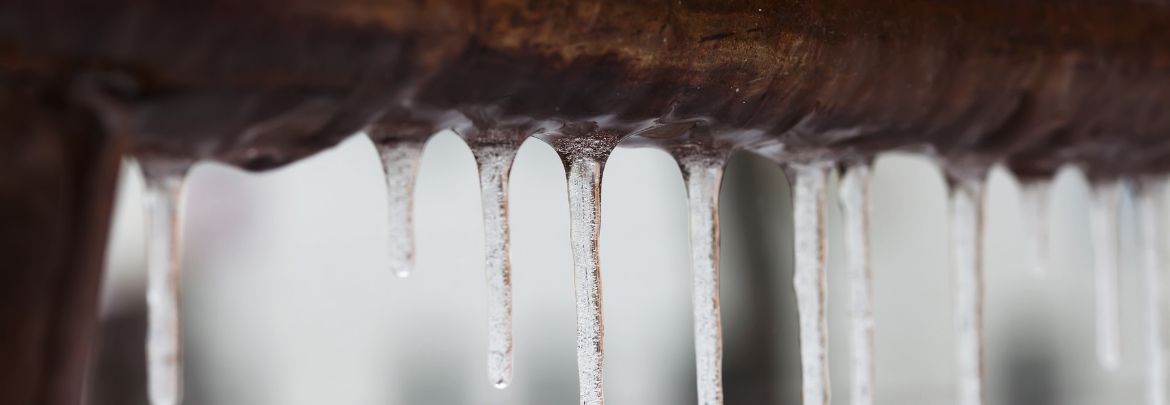In the Midwest, everyone loves fall. But, we know what comes next. Snow, ice and brutal temperatures are on the way. Leading up to the winter months, manufacturers will perform routine checks on all facility heating systems. And, this year, you may want to perform those checks sooner rather than later. The supply-chain disruption will most likely affect the time it takes for you to get much needed parts. Cold temperatures can often damage pipes, valves, tanks, vessels, conveyers, and housings. Check out the freeze protection tips below to get prepared and keep your plant running regardless of the number on the thermometer.
Tip #1 – Prepare in Advance – Use a Winter Preparation Checklist
To keep your facility in proper condition, use an updated and ongoing checklist. Your checklist should address equipment storage, electrical outage preparation, facility heating systems, piping and building maintenance. Use this checklist to prepare before winter. As most manufacturers know, parts that had previously taken a week to ship, are now taking months to arrive. Thanks to our partners at BriskHeat for creating this comprehensive checklist.
Tip #2 – Keep Common De-icing and Freeze Protection Items on Hand.
An item like silicone rubber heating tape can make the difference between keeping things running or a frozen system. Heating tapes can protect even in the coldest conditions, up to -60 degrees F. The tape is easy to use, portable and provides instant heat. It can quickly de-ice parts efficiently and safely. Self-regulating heating cables can also help protect pipes from freezing. The cables are completely safe, flexible and easy to use. Both the cable and the tape are available in a variety of lengths. The cable can also be used to protect large tanks and vessels from freezing conditions.
Tip #3 – Ensure your Control Panel’s Interior is Kept Warm.
When control panels are exposed to subfreezing temperatures, they could fail and possibly become permanently damaged. An easy and effective way to protect electrical components is with BriskHeat TSREH heater. TSREH heaters are silicone heaters pre-adhered to a steel plate. Easily mount the heater inside the panel using screws or bolts through the pre-drilled holes on the steel flange and make electrical connections. The plate-mounting ensures that the heater is installed where it is needed most and held securely in place. The steel plate also helps radiate the heat for maximum effectiveness. A built-in ambient sensing thermostat automatically senses air temperature and switches the heater on and off to provide easy worry-free operation.
Tip #4 – Keep Containers Insulated
Containers such as drums, pails, tote tank and gas cylinders often contain materials that can freeze. There are several good options including adjustable wrap-around tote tanks, cylinder warmers, and rubber heating blankets.
Tip #5 – Keep Employee Winter Safety Top of Mind
This tip should probably be at the top of the list. It’s not a surprise that more employee accidents occur in the winter than any other season. The labor shortage has already made it difficult for employees who feel overwhelmed by understaffed shifts. Protecting employee safety needs to be top of mind in all seasons, but this is especially true in winter. Icy conditions can make stairs, loading docks and ramps and other walk ways hazardous. While many employers use calcium chloride, there are cleaner and safer alternatives.
Winter plant preparedness is essential to keep your plant running smoothly despite the ice, snow and cold. To learn more, call us at 800-844-8405 or message us here.

